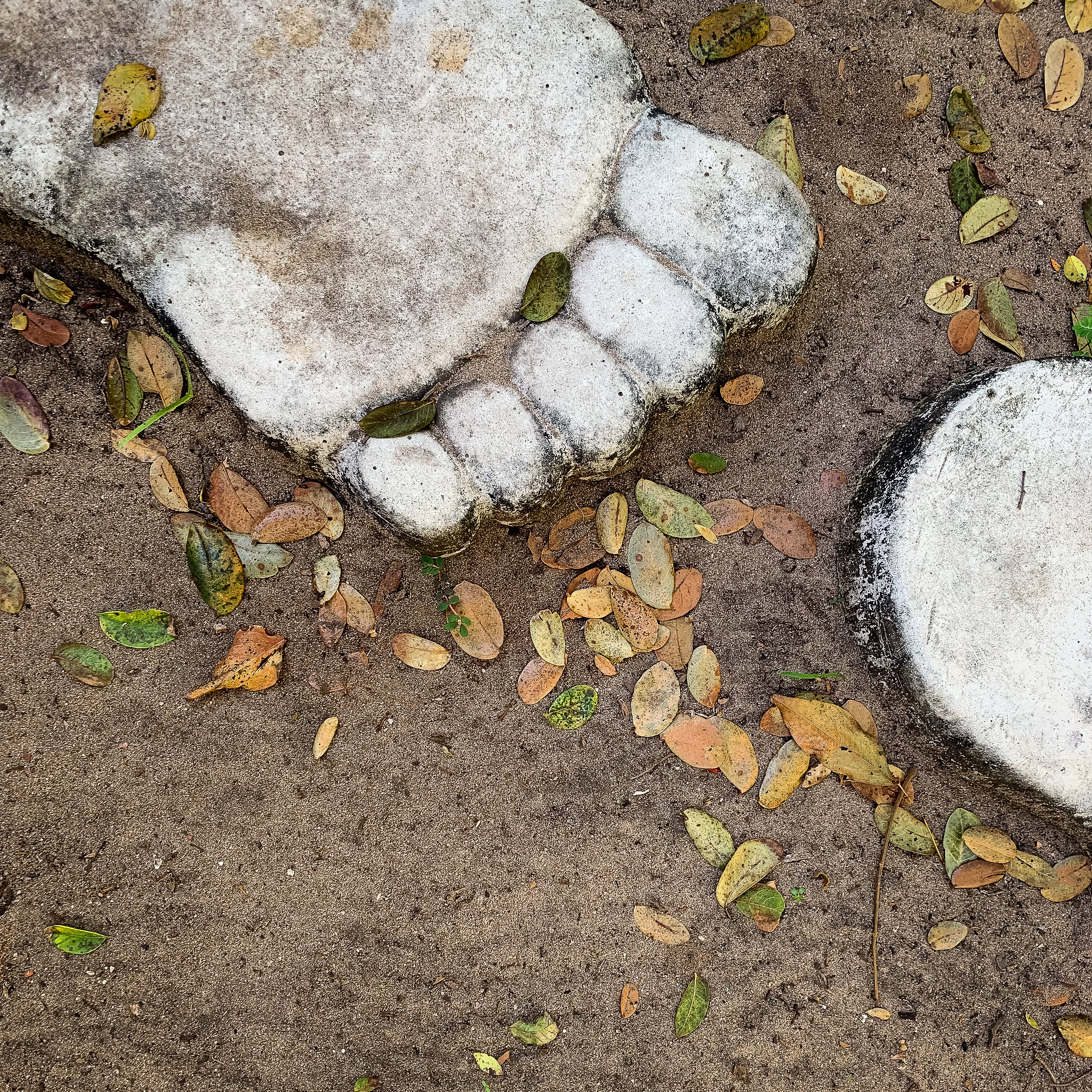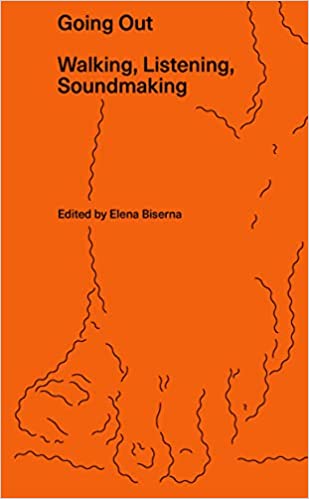This is Biserna’s second compendium released in short succession. The first, Walking From Scores, focusses specifically on walking, where this extends this into soundwalking. The two go well together, though, as with her earlier work, this book covers a lot of ground.
The book explore the relationship between walking, listening, and soundmaking in the arts, and makes the point that there is a long legacy of interdisciplinary experimentation, and a broad field that addresses critical spatial thinking and practice.
The book opens with a long essay by Biserna, and is followed by a number of shorter texts, divided into six thematic sections.
The outcome of a residence by Biserna at Q-O2 in Brussels, the intended audience does not seem to be the general public, but artists working in the field, who are interested in what else is produced in adjacent areas of interest.
And, in this, it succeeds quite well.
Biserna’s opening text is long, perhaps too long, and addresses an interesting series of topics; the historical context of the emergence of soundwalking, deploying walking as an artistic medium in the 1960s, its development into soundwalking in the 1970s, followed by a review of a number of projects using sound and silence to occupy the public sphere, many of which are then highlighted in more detail in the subsequent chapters.
This, to the extent that, at times, it feels that she is also over-analysing past work and intentions.
The anthology of texts in the subsequent chapters are not all as interesting or insightful, though this will depend on your own interests and focus, too.
The first section, The Everyday, starts with a few excellent write ups, from the 70s and 80s, on using ‘new media’ (the walkman), but are then followed by a few less interesting pieces on interventions and process.
The section on Environments and Ecologies contains a text by Hildegard Westerkamp, and the other essays, here, in one way or the other, advocate for listening to the environment, many making a point of putting the human element of the environment in a second tier.
The third section, Spaces for Publicness, deals with, well, public spaces, but really only as an emphasis, as the topics in this section are somewhat comparable to those of the earlier sections.
That said, several texts in this section underscore how reading about listening is one thing, while it pales in comparison to actually going out and experiencing the sounds of the city.
The fourth section, Walking Bodies, mostly focuses on women walking.
The fifth section, Memory and (Ciounter-)Narratives, discusses a number of projects that use audio, and soundwalks, to document memories and histories. Many of the texts in this section are insightful, also because the discussed projects have political under- or overtones.
The final chapter, Mapping and (Counter-)Cartographies, is the most interesting, but also fails in its potential. It opens with an interview with a Justin Bennett, referring to maps he makes, without showing the maps or providing a link.
The second article states that the artist, Christina Kubisch, provided 30 sound samples to accompany the text. Except no mentioning is made on how to access these.
Next is an article on The Offshore Tour Operator, an audio walk based on addresses from the ICIJ Offshore Leaks Database identifying fraud and abuse. Here, too, no url is provided.
This is followed by perhaps the most interesting interview in the book, with Alisa Oleva. Though the final piece in the book, an interview with Libby Harward, an Australian indigenous artist, is a close second.
In the end, the book’s perhaps a bit of a slog to get through, but there’s also a lot in there to stir up thoughts and ideas, with the occasional brilliant insight thrown in for good measure.
A worthwhile read.



